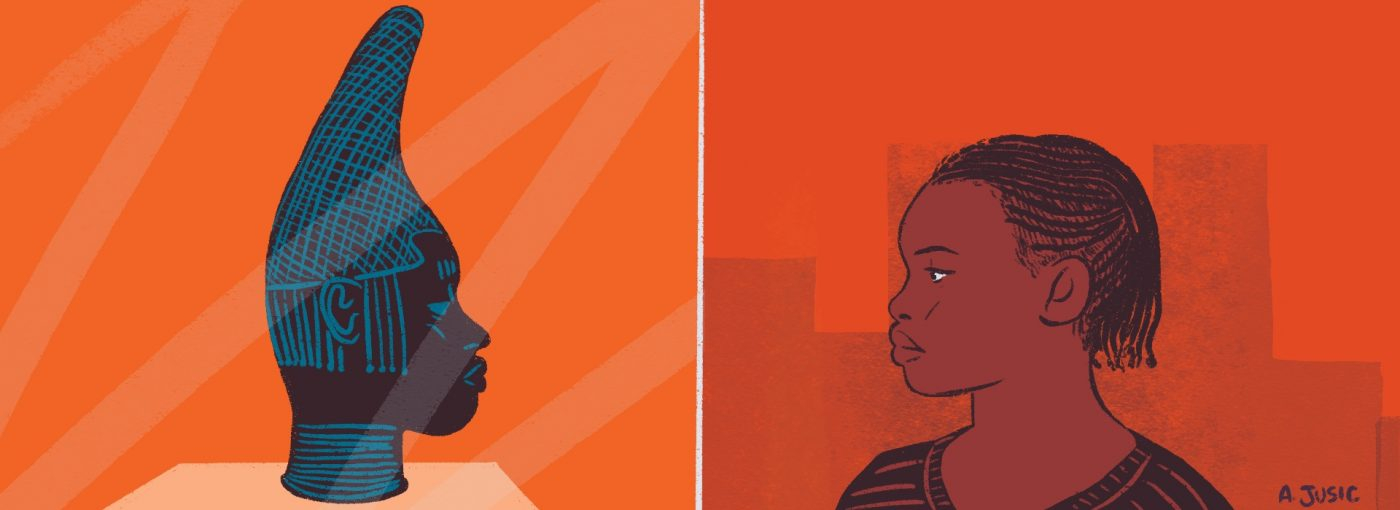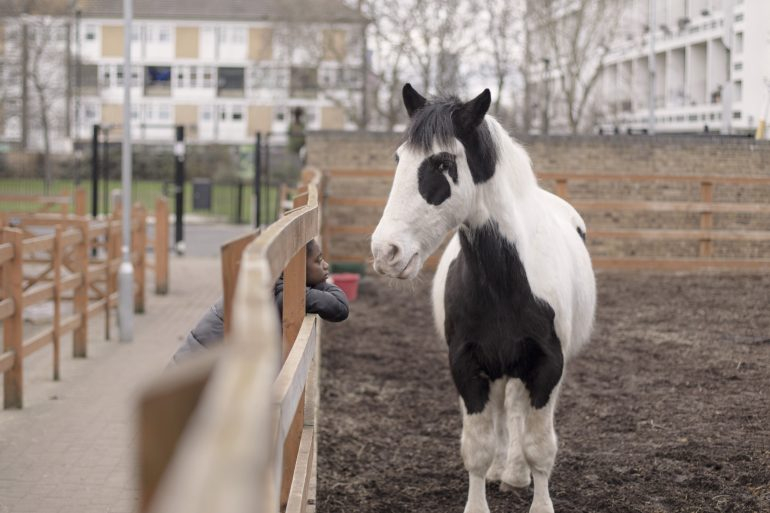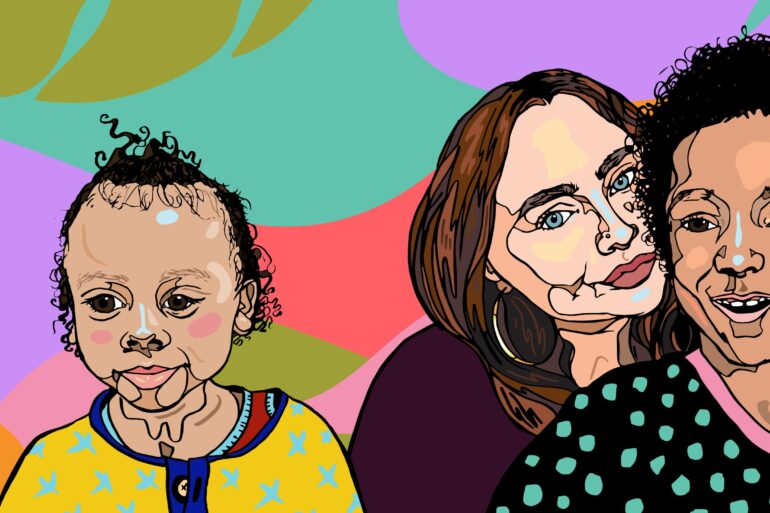This article has been informed by the Museum of British Colonialism’s 2020 online panel ‘Imagining a Museum of British Colonialism’. The event was chaired by Renée Landell, and the panel was formed of William Dalrymple (Imperial history researcher) , Priyamvada Gopal (Researcher of anti-colonial resistance) , Nana Oforiatta Ayim (founder of ‘The Mobile Museum’ and writer of The God Child) and Chao Tayiana (co-founder of MBC and founder of African Digital Heritage).

Creating a museum that confronts Britain’s colonial legacy has been an active idea for quite some time. In September, British historian William Dalrymple called for the creation of a ‘Museum of Colonialism’ so that children in the UK would have a space to learn about Britain’s colonial history. Since 2018, the Museum of British Colonialism (MBC) has been doing the work that William Dalrymple called for, seeking to restore and make visible suppressed, destroyed, or underrepresented histories relating to legacies of British colonialism.
The importance of a museum that addresses colonial legacies has intensified in recent months. The current socio-political climate in the UK, intensified by the Black Lives Matter protests all of which are related to legacies of British (and European) colonialism, have contributed to this. Therefore, there has never been a more apt moment for the MBC to open this discussion and imagine what a Museum of British Colonialism could mean in our current moment.
What must be discussed first is the historical role of the museum and its connections to colonialism. Collections in British museums, such as those found at the V&A and the British Museum, grew alongside the expansion of British Empire. Many of the items we find in British museum spaces are inseparable from the colonial project and are the result of violence against, theft from, and subjugation of, people from former colonies. British narratives about the colonised are naturalised and maintained through a process of ‘museumising’, as cultural artefacts from former colonies are misrepresented and shown to ‘belong’ to Britain. We must also evaluate how this reflects British colonial histories by reducing diverse cultures to simplistic and inaccurate understandings that align with narratives of superiority propagated by colonial powers.
Another issue to consider is what physical space might mean when trying to conceive of a Museum of British Colonialism. It is more important to think about what the museum represents rather than what it looks like. To address British colonial museum legacies we must make sure that any future museum must embody an anti-colonial spirit which questions the gatekeeping ideology that museums have historically upheld, and be accessible to all. This could be addressed by a mobile museum, an innovative approach to museum practice that Nana Oforiatta Ayim is currently pursuing in Ghana. (see Mobile Museum Project). The action of taking the museum into communities aids the issue of access and embodies a practice that incorporates the realities of colonialism as an unending and pervasive legacy through its educational and outreach approach. Considering a museum as an ongoing verb and an action is helpful when imagining a space that aims to engage the public by creating a mutual learning experience, whilst centring marginalised and untold stories.
A Museum of British Colonialism should also be an open-ended project that aims to rectify and educate the public about the violent histories of colonialism. This can only take place if the project is rooted in people. To do this means reckoning with the emotions and vulnerability that comes when addressing legacies of colonialism. Centring people and the emotional in this endeavour allows us to consider the museum as a radical space. The term ‘radical’ must be considered in its original meaning, as famously declared by Ella Baker; radical approaches are approaches that get down to the root cause.
A Museum of British Colonialism as a radical space, must address the roots of legacies of colonialism, and at the roots of these legacies are people. People who have colonised, people who have benefited from colonialism, people who have colluded with colonialism, and people who have suffered gravely at the hands of the colonial project and its legacy. If a Museum of British Colonialism is to be a radical space, it must work to face the realities of our current moment stemming from Britain’s colonial past. This is because a Museum of British Colonialism, at the end of the day, cannot only exist to educate about the structures and legacies of colonialism still present today, but must also seek to change these structures. A Museum of British Colonialism, in a radical fashion, can be a place of questioning current power structures and their relation to legacies of colonialism, protesting these structures, and a space which welcomes the discomfort that arises when British people are to confront this history. It can be a place of continuous learning, a dynamic and active space that is unremitting in its effort to learn from the past while imagining and enacting a radically different future.
If a Museum of British Colonialism is to do this, it will be creating a space that actively moves away from the European paradigms of the archive and traditional museum model, that is static and devoid of emotion. Instead, it will form a reciprocal space where those who have suffered from the violence of colonialism can, with their own agency, share their histories. Such a museum can learn with its audience rather than replicate a figure of authority of knowledge.
It can be a museum which is a space that facilitates a new kind of history in the making, a history that ruptures what we have been told is history, and turns to centre the very emotional and often uncomfortable reality of Britain’s past. This can be imagined through grounding a Museum of British Colonialism in a spirit of anticolonialism and doing history rather than merely homing history. There are still many questions to consider as we move forward, but this truth must stay central as we move forward in attempting to give exposure to what has been a silenced history in the British public imaginary.

See more of Ada’s work on her instagram














